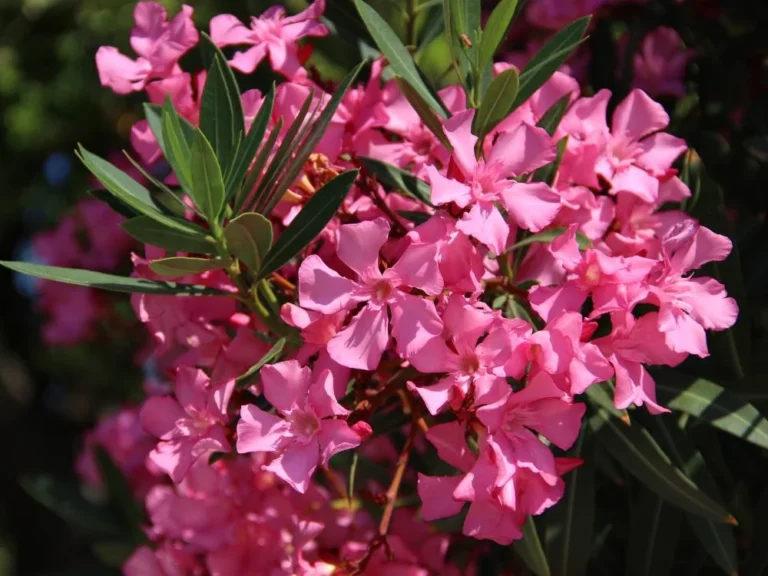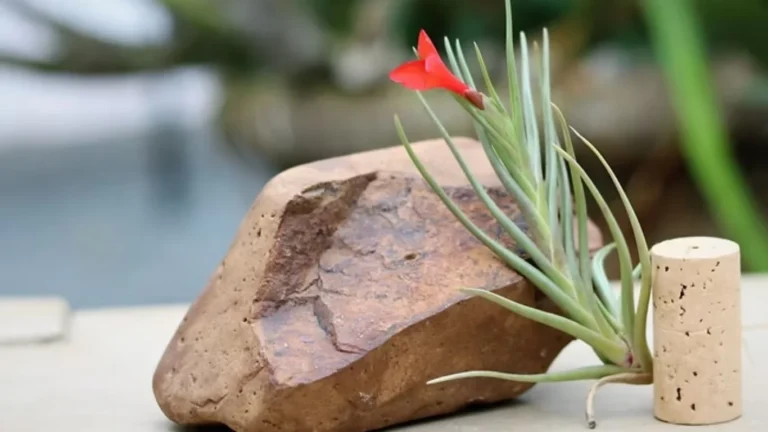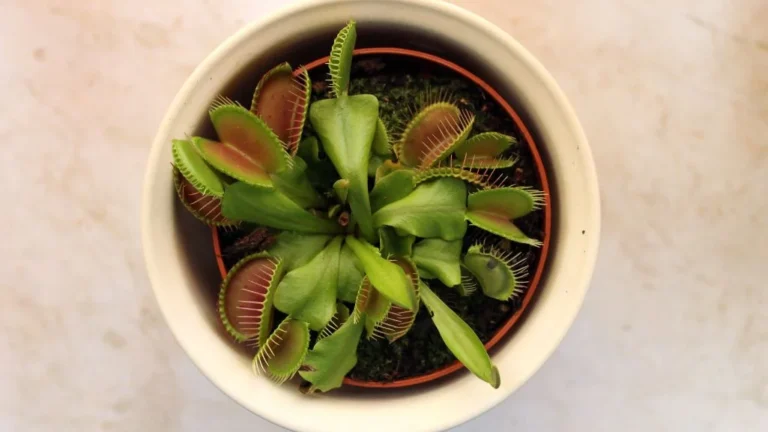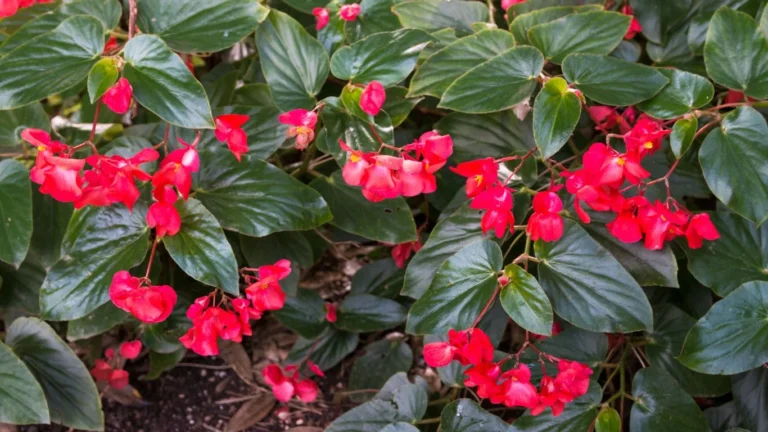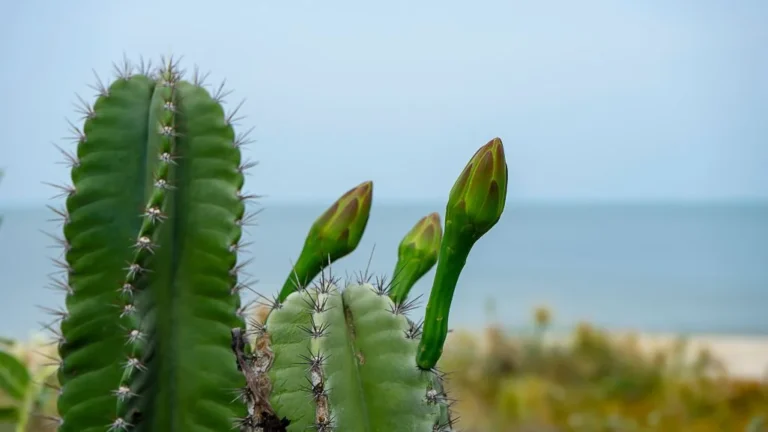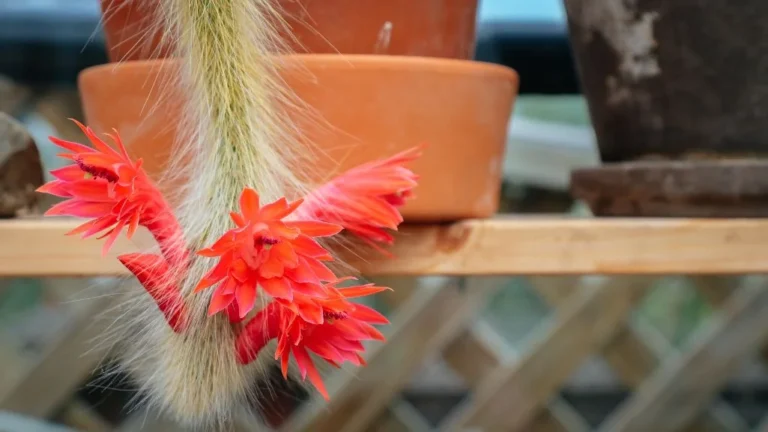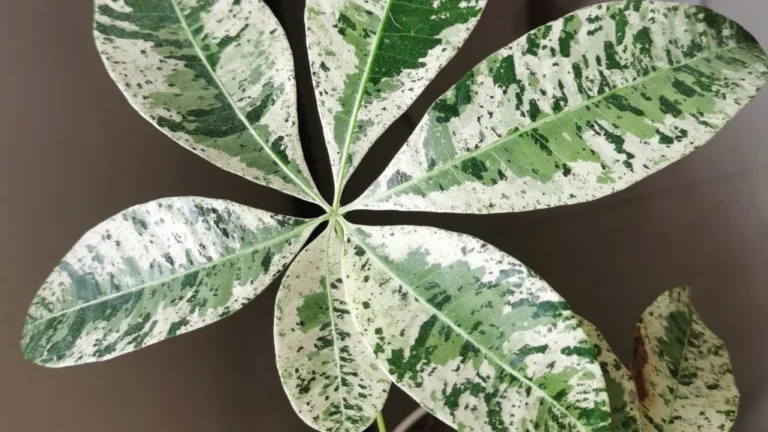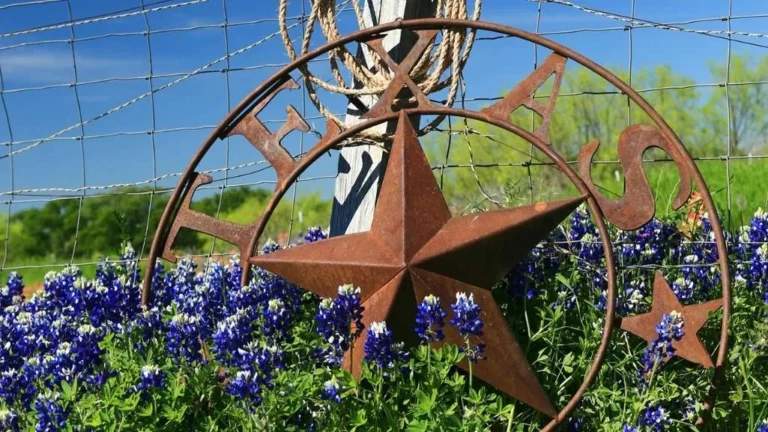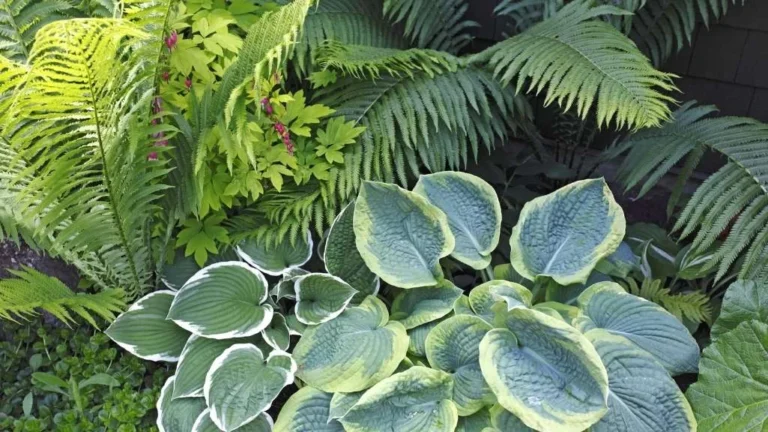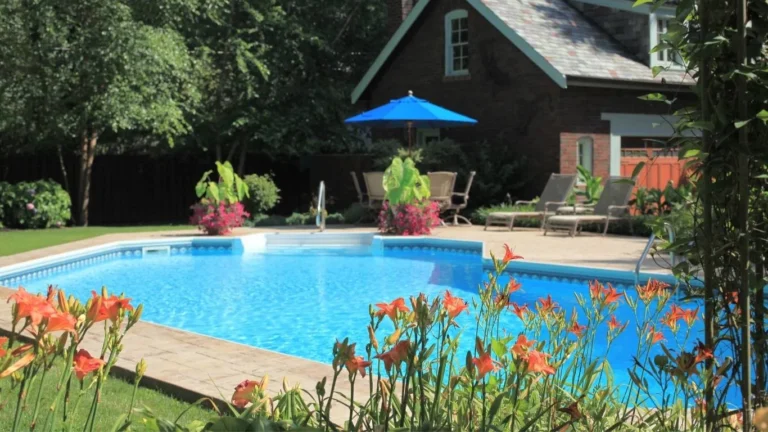If you’re looking for a mulch that not only boosts your garden’s appearance but also adds practical benefits, cedar mulch might be just what you need. Known for its rich color, pleasant natural aroma, and long-lasting durability, cedar mulch is a favorite among gardeners and landscapers alike.
What is Cedar Mulch?
Cedar mulch is made from shredded or chipped cedar wood, often sourced from the bark or heartwood of cedar trees. It’s valued not only for its good looks but also for its ability to naturally repel pests, regulate soil temperature, and suppress weeds, making it a smart, low-maintenance choice for both flower beds and larger landscapes.
Its aromatic oils offer a bonus: not only do they smell wonderful, but they also help deter insects like ants, termites, and moths. Plus, cedar mulch breaks down more slowly than many other organic mulches, so you don’t have to replace it as often.
In this guide, I’ll take you through everything you need to know about cedar mulch, from its types and benefits to practical tips on using it effectively in your garden.
Types of Cedar Mulch
When it comes to cedar mulch, you’ll find a few different types available; each with its own texture, appearance, and ideal use. Understanding the differences can help you choose the best one for your garden or landscape.
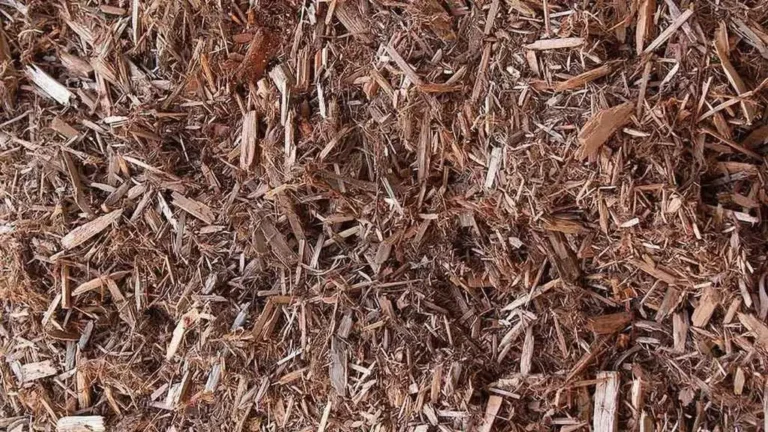
Shredded Cedar Mulch
Shredded cedar mulch is made by finely grinding cedar wood into thin, fibrous pieces. It creates a dense layer that’s excellent for weed suppression and moisture retention. Because it interlocks easily, shredded mulch is less likely to wash away during heavy rains, making it a great option for sloped areas or places with frequent watering.
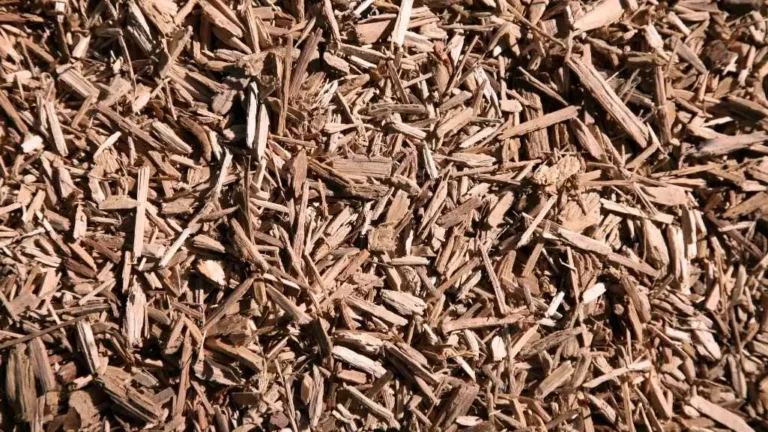
Cedar Bark Mulch
This type of mulch is made from the bark of cedar trees and tends to be more textured and decorative. It breaks down slowly, helping to keep your garden beds looking neat for longer. Bark mulch works especially well in flower beds, around shrubs, and along pathways where a more polished look is desired.

Cedar Wood Chips
Cedar wood chips are chunkier pieces of cedar wood that provide a rugged, natural look. They’re ideal for walking paths, playground areas, or informal garden spaces. Wood chips don’t break down as quickly as finer mulches, so they last longer and are easier to rake or move when needed.
Dyed vs. Natural Cedar Mulch
Cedar mulch is naturally reddish-brown and quite attractive on its own. However, some options are dyed to enhance or change the color, like black, red, or dark brown mulch. Dyed mulch may offer a more dramatic contrast in your landscaping, but it’s important to check if the dyes are non-toxic and safe for your plants and pets.
Cedar Mulch Advantages: Why Choose It?
When it comes to choosing the right mulch for your garden, cedar mulch offers some standout benefits that go beyond just looking good. Let me walk you through the top cedar mulch advantages that make it a smart choice for gardeners and landscapers alike.
Natural Durability and Long-Lasting Aroma
One of the biggest reasons I love cedar mulch is its durability. Unlike many other mulches that break down quickly, cedar mulch holds up for a longer time, saving you the hassle of frequent replacement. It also gives off a pleasant, woodsy aroma from the natural oils in the cedar wood.
Helps Soil Retain Moisture
Cedar mulch acts like a cozy blanket for your soil. It reduces water evaporation, keeping the soil moist for longer, especially helpful during hot summer months. This means your plants stay hydrated and healthy, and you don’t have to water them as often.
Suppresses Weed Growth
Nobody likes spending hours pulling weeds, and cedar mulch helps you fight that battle. By creating a thick layer over your soil, it blocks sunlight from reaching weed seeds, which prevents them from sprouting. Fewer weeds means less work and more time to enjoy your garden.
Enhances Garden Appearance
Its rich reddish-brown color adds a polished, uniform look to your garden beds and walkways. It instantly gives your outdoor space a neat, well-kept feel.
Naturally Pest-Resistant
The aromatic oils that give cedar its signature smell also help repel many common insects. This is one of the most talked-about advantages of cedar mulch, and I’ll cover it in more detail in the next section.
Is Cedar Mulch Good for Plants?
A question I often hear is: Is cedar mulch good for plants? The answer is mostly yes, but like with any gardening choice, there are a few things to keep in mind.
Nutrient Benefits and Soil Improvement
Cedar mulch breaks down slowly, gradually releasing organic matter into the soil. This process enriches the soil by improving its structure and encouraging beneficial microbial activity. Healthier soil means your plants get better access to nutrients and water, which helps them grow stronger.
How Cedar Mulch Affects Soil pH and Nitrogen
Because cedar wood is slightly acidic, some gardeners worry it might alter soil pH. In most cases, cedar mulch has a minimal effect on pH levels and won’t harm your plants. However, it’s a good idea to test your soil periodically, especially if you’re growing acid-sensitive plants.
One thing to watch out for is nitrogen depletion. Like many wood mulches, cedar can temporarily reduce the nitrogen available in soil during the early stages of decomposition. This isn’t usually a big problem if you replenish your garden with balanced fertilizers or compost.
Best Plant Types to Use with Cedar Mulch
Cedar mulch pairs well with many plants, especially shrubs, trees, and perennials. It’s particularly popular around ornamental beds and flower gardens, where it enhances appearance while providing moisture retention and weed control.
However, avoid using cedar mulch too heavily around young seedlings or delicate annuals since the mulch’s natural oils and acidity might stress very sensitive plants.
Cautions for Young or Delicate Plants
If you have fragile seedlings or young plants, I recommend applying cedar mulch carefully. Use a thinner layer and keep the mulch a few inches away from plant stems to prevent any potential irritation. Also, monitor plant health regularly during the growing season to ensure they’re thriving.
Where and How to Use Cedar Mulch
Cedar mulch isn’t just pretty to look at, it’s incredibly practical, too. But to get the best results, it’s important to know where and how to use it properly. Here’s how to make the most of cedar mulch in your garden and landscape.
Around Flower Beds and Shrubs
Cedar mulch works beautifully around flowers and ornamental shrubs. It helps the soil retain moisture, keeps weeds under control, and gives your garden beds a neat, polished look. Plus, its aromatic properties help repel unwanted pests that might nibble on your blooms.
In Vegetable Gardens (Use with Caution)
While cedar mulch can be used in vegetable gardens, it’s best to do so with caution. Some gardeners worry that the natural oils in cedar might inhibit the growth of delicate seedlings or change the soil’s chemistry over time. If you’re mulching around mature vegetable plants (like tomatoes or peppers), it’s generally safe; just don’t mix cedar mulch directly into the soil.
As Ground Cover in Landscaping
Looking for a low-maintenance, attractive ground cover? Cedar mulch is ideal for walkways, around trees, and in landscaped borders. It adds warmth to your outdoor space and reduces the need for constant weeding and watering.
How Thick to Apply It
For the best results, apply cedar mulch in a layer about 2 to 3 inches thick. This is enough to suppress weeds and regulate moisture without suffocating the soil. Too thin, and weeds can break through. Too thick, and you risk limiting air and water from reaching plant roots.
Avoiding Mulch Volcanoes Around Trees
One common mistake is piling mulch high around the base of tree trunks, also known as a “mulch volcano.” This can cause rot, attract pests, and damage your trees. Instead, keep mulch a few inches away from the trunk and spread it evenly in a wide circle around the tree.
Cedar Mulch vs Other Mulches
With so many mulching options out there, it can be tricky to decide which one is right for your garden. Let’s break down how cedar mulch stacks up against other common types, pine, hardwood, and rubber mulch, so you can make an informed choice.
Cedar vs Pine Mulch
Pine mulch is typically lighter, more acidic, and breaks down faster than cedar. It’s a good option for acid-loving plants like azaleas or blueberries. However, cedar mulch lasts much longer and offers natural insect-repelling properties that pine doesn’t.
✅ Choose cedar for longevity and pest control.
✅ Choose pine if you’re planting acid-loving plants and want faster decomposition.
Cedar vs Hardwood Mulch
Hardwood mulch is usually made from a blend of mixed woods and breaks down more quickly, enriching the soil as it decomposes. While this is great for improving soil health, it also means you’ll need to replenish it more often. Cedar mulch, on the other hand, is slower to break down and doesn’t enrich the soil much, but it lasts longer and helps repel bugs.
✅ Choose cedar for durability and lower maintenance.
✅ Choose hardwood if you want to naturally feed your soil over time.
Cedar vs Rubber Mulch
Rubber mulch is made from recycled tires and doesn’t break down at all, making it extremely low-maintenance. However, it doesn’t offer any nutrients for the soil and may get too hot in sunny spots. Cedar mulch is organic, cooler, and safer for plant roots. Plus, it smells amazing!
✅ Choose cedar for a natural, plant-friendly option.
✅ Choose rubber for playgrounds or areas where plant growth isn’t a concern.
Potential Drawbacks to Consider
While cedar mulch has many benefits, it’s also important to be aware of a few potential downsides before using it in your garden.
Cost Compared to Other Mulch Types
Cedar mulch tends to be more expensive than some other popular mulches like pine or hardwood. This is mainly due to its durability, pest-repelling qualities, and the value of cedar wood itself. If you’re working on a tight budget or have a large area to cover, cedar mulch might not be the most cost-effective option.
Can Be Too Dry or Acidic for Some Plants
Because cedar mulch contains natural oils, it can sometimes create a drier environment in the soil, which isn’t ideal for plants that need consistently moist conditions. Additionally, cedar’s acidity may not suit all plants, especially those that prefer neutral or alkaline soils.
Might Affect Soil pH Over Time
Repeated use of cedar mulch could gradually lower your soil’s pH, making it more acidic. This can affect nutrient availability for certain plants. It’s a good idea to test your soil’s pH periodically if you’re mulching extensively with cedar, and amend the soil if necessary.
Tips for Using Cedar Mulch Effectively
Using cedar mulch correctly can make a big difference in your garden’s health and appearance. Here are some simple tips to help you get the most out of it:
When and How to Apply It
The best time to apply cedar mulch is in spring or fall, after preparing your garden beds but before the hottest or coldest months. Spread the mulch evenly in a 2 to 3-inch layer, making sure not to pile it up against plant stems or tree trunks. This helps regulate soil temperature and keeps moisture in without causing rot.
Prepping the Soil Before Mulching
Before adding cedar mulch, it’s important to clear away weeds and loosen the soil. You can also add compost or fertilizer to nourish your plants. This prep work helps the mulch work better by improving soil health and making it easier for roots to grow.
Refreshing Mulch Each Season
Over time, cedar mulch breaks down and loses some of its benefits. Plan to refresh your mulch once or twice a year by adding a new layer on top. This keeps your garden beds looking fresh, prevents weeds, and continues protecting your plants.
Safe Practices for Pet- and Kid-Friendly Spaces
Cedar mulch is generally safe, but some pets might be sensitive to the oils in cedar. To keep your outdoor areas safe:
- Avoid using cedar mulch in spots where pets or kids spend a lot of time digging or chewing.
- Consider mixing cedar mulch with other types of mulch to dilute the oils.
Always supervise young children around mulch beds to prevent accidental ingestion
Eco-Friendliness and Sustainability
If you care about the environment, you might be wondering: Is cedar mulch an eco-friendly choice? The answer depends largely on how the cedar is sourced and produced.
Is Cedar Mulch Environmentally Friendly?
Cedar mulch is a natural, biodegradable product that breaks down over time and enriches the soil. Unlike synthetic mulches, it doesn’t contribute to plastic waste and helps improve garden health. However, because cedar trees grow relatively slowly, it’s important to consider the impact of harvesting on forests.
Sourcing Sustainably Harvested Cedar
To ensure your mulch is sustainable, look for products made from cedar wood harvested responsibly, meaning the wood comes from forests managed to prevent overlogging and maintain healthy ecosystems. Certifications from organizations like the Forest Stewardship Council (FSC) can guide you toward eco-friendly choices.
Choosing sustainably sourced cedar mulch helps protect forest habitats while still giving you all the benefits of this fragrant and long-lasting mulch.
Does Cedar Mulch Repel Bugs?
If you’re like me and prefer to keep bugs out of the garden without using harsh chemicals, cedar mulch might just be your new best friend. One of its standout features is its ability to help deter unwanted pests, thanks to the natural oils found in cedar wood.
How Cedar’s Natural Oils Repel Insects
Cedar contains compounds like thujone and cedrene, which are responsible for its signature scent. These same aromatic oils are powerful natural insect repellents. They interfere with insects’ ability to detect food sources, mates, and shelter; essentially making your garden a place bugs want to avoid.
So, does cedar mulch repel bugs? Yes, it definitely can!
Bugs That Don’t Like Cedar Mulch
Cedar mulch is particularly known for keeping certain bugs at bay. Here are a few pests it commonly repels:
- Termites – They hate cedar’s strong scent and tend to avoid it.
- Moths – You’ve probably heard of cedar closets for protecting clothes—the same principle applies outdoors.
- Cockroaches – The oils in cedar can deter roaches from nesting in mulched areas.
- Carpet beetles and ants – While not a guaranteed barrier, cedar mulch makes the environment less welcoming.
It’s important to note, though, that while cedar mulch can help reduce bug activity, it’s not a total replacement for pest control if you have a serious infestation.
How Effective Is It in Different Climates?
Cedar mulch tends to work best in moderate climates where the mulch stays relatively dry. In very damp environments, the aroma may fade faster, reducing its bug-repelling power. In hotter, drier areas, it holds up well and continues to emit those natural oils over time.
If you live in a region with heavy rainfall or humidity, consider refreshing the mulch more often to keep the scent strong and the bugs away.
Is Cedar Mulch Safe for Dogs?
If you have furry friends at home, you’re probably wondering: Is cedar mulch safe for dogs? The good news is, cedar mulch is generally considered non-toxic to dogs, but there are some important points to keep in mind to keep your pets safe and happy.
Toxic or Non-Toxic?
Cedar mulch is non-toxic to dogs, meaning it won’t poison them if they happen to walk on it or sniff around the garden. However, the natural oils that make cedar mulch so great at repelling bugs can sometimes cause mild irritation if your dog is particularly sensitive or chews on the mulch excessively.
Aromatic vs. Non-Aromatic Cedar Mulch
There are two main types of cedar mulch: aromatic and non-aromatic. Aromatic cedar mulch has a stronger smell and more concentrated oils, which can be a bit more irritating to pets’ sensitive noses and skin. Non-aromatic cedar mulch has had many of the oils removed and is usually safer for use around dogs and other pets.
If your dog spends a lot of time in the garden, I recommend using non-aromatic cedar mulch to minimize any risk of irritation.
Signs of Sensitivity or Allergies in Dogs
Even though cedar mulch is generally safe, some dogs may show signs of mild allergic reactions or sensitivities, such as:
Itchy or red skin, especially on paws or nose
Sneezing or coughing when near the mulch
Excessive licking or chewing on paws or fur
If you notice any of these symptoms, it’s best to limit your dog’s exposure to cedar mulch and consult your vet if needed.
Tips for Safe Garden Use with Pets Around
Use non-aromatic cedar mulch when possible
Keep mulch layers thin and away from areas where your dog tends to dig or chew
Provide plenty of fresh water and shade for your pets in the yard
Monitor your dog’s behavior around mulched areas, especially after fresh application
By following these tips, you can enjoy the benefits of cedar mulch while keeping your pets safe and comfortable.
Cedar mulch is a fantastic choice for gardeners and landscapers looking to combine beauty, function, and natural pest control in one product. Its rich color, long-lasting durability, and distinctive aroma make it stand out from other mulches. Plus, its ability to retain moisture, regulate soil temperature, and repel insects means your plants get the best possible environment to thrive.
To get the most from cedar mulch, remember to apply it in a 2 to 3-inch layer, avoid piling it against tree trunks, and refresh it regularly. If you’re using it around pets or vegetables, take a few precautions to ensure everyone stays safe and happy.
By choosing sustainably sourced cedar mulch and using it thoughtfully, you’ll enjoy a healthy, vibrant garden that looks great all year round.



